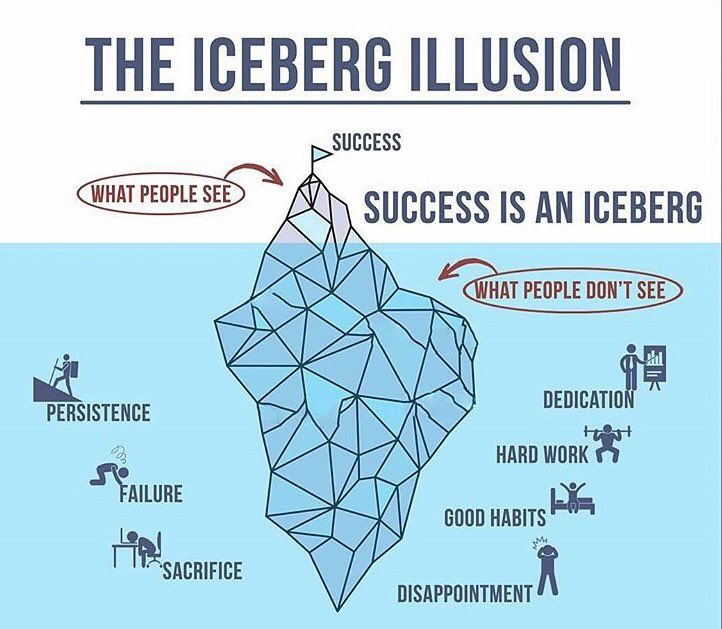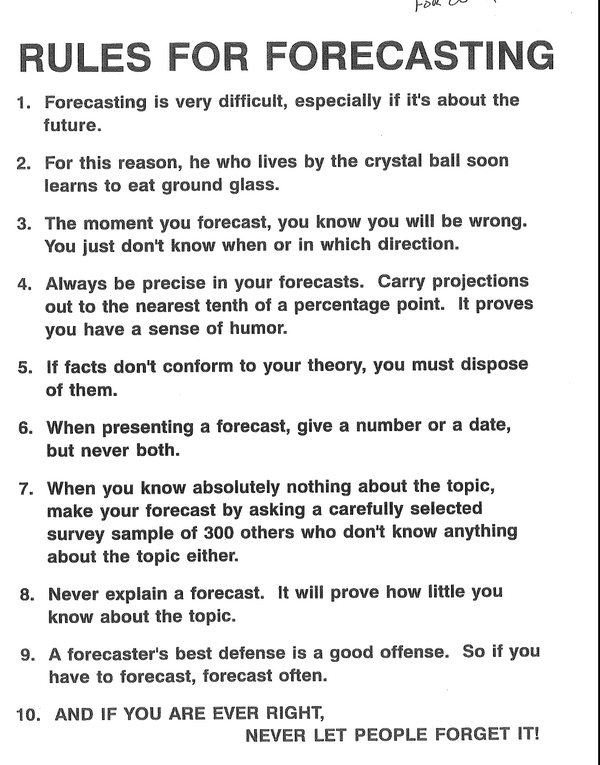1. Failure to have a trading plan in place before a trade is executed.
A trader with no specific plan of action in place upon entry into a futures trade does not know, among other things, when or where he or she will exit the trade, or about how much money may be made or lost. Traders with no pre-determined trading plan are flying by the seat of their pants, and that’s usually a recipe for a “crash and burn.”
2. Inadequate trading assets or improper money management.
It does not take a fortune to trade futures markets with success. Traders with less than $5,000 in their trading accounts can and do trade futures successfully. And, traders with $50,000 or more in their trading accounts can and do lose it all in a
heartbeat. Part of trading success boils down to proper money management and not gunning for those highly risky “home-run” type trades that involve too much trading capital at one time.
3. Expectations that are too high, too soon.
Beginning futures traders that expect to quit their “day job” and make a good living trading futures in their first few years of trading are usually disappointed. You don’t become a successful doctor or lawyer or business owner in the first
couple years of the practice. It takes hard work and perseverance to achieve success in any field of endeavor — and trading futures is no different. Futures trading is not the easy, “get-rich-quick” scheme that a few unsavory characters make it out to be. (more…)

 One book that I frequently recommend is Justin Mamis’ The Nature of Risk: Stock Market Survival and the Meaning of Life (1). I believe this book to be foundational to new traders because it discusses, what else?, the nature of risk in the market. What I love about Mamis’ book is the unique way that he writes about market risk, and the way that he juxtaposes two seemingly opposing ideas, that are not in opposition at all. From that juxtaposition he illuminates. (Read on for an example). Given some of the conversation at the Slope, I wanted to do a brief post on some of his concepts from Chapter 6, The Emotions of Risk. I think that some will find some resonance. I particularly wanted to share some of these concepts that might engage your brain into thinking about risk differently. Mamis posits: “Under pressure, emotions determine our action.” (p. 72) Because risk is typically defined as a peril, fear is one of the primary emotions. “Fear is long-term, an underlying pervasive emotion, like the underlying primary trend of a bear market. It doesn’t go away until it changes.” (p.73) Mamis makes a simple, yet powerful, statement about the pervasive fear needed for stocks to go up. Yes, you read that…to go up. For there to be buyers, there must be sellers. And it is the fear of the sellers that creates the proverbial wall of worry to provide supply for those who have a different perception of current market risk. He also notes that the operative portion of fear is anxiety. Anxiety is what paralyzes and prevents you from taking action. It is this anxiety that “gets in the way of taking a risk.” The flip side of fear is the emotion of greed. The operative emotion of greed is envy. Mamis notes that “. . . whereas anxiety paralyzes, envy cause one to act. . . ” It is difficult to see the spectacular trades/success of others, and not feel a small bite from that evil twin of jealousy, envy. Envy can cause very risk behavior which is simply, “the risk of ‘denial of risk’.” Both greed and anxiety often lead to doing the wrong thing. My sense of this wrong thing is “inertia.” : failing to buy when one should buy; failing to sell when one should sell. These emotions and their operative manifestations into our action (or inaction) govern all market participants. The emotional impetus for buyers/sellers is reversed in bear/bull markets. Regardless of the market participant regalia you dress in each day, it is best to understand both your own and others’ motivations and perceptions of the current risk environment. Mamis’ book came along for me when I was feeling ‘inertia’–that inertia having been brought about by the overwhelming need to have more information, more certainty, more sense of direction. Granted, there is nothing wrong in standing aside when there is great murkiness…but my inertia was spanning a time when there was some market direction, but my emotional state prevented my seeing that. Providence must have set this book into my hands, because it helped me come to terms with that inertia. As market participants, we have to balance the two opposing points off view of being free enough to take risk and while not falling into the trap of ‘the risk of ‘denial of risk.’
One book that I frequently recommend is Justin Mamis’ The Nature of Risk: Stock Market Survival and the Meaning of Life (1). I believe this book to be foundational to new traders because it discusses, what else?, the nature of risk in the market. What I love about Mamis’ book is the unique way that he writes about market risk, and the way that he juxtaposes two seemingly opposing ideas, that are not in opposition at all. From that juxtaposition he illuminates. (Read on for an example). Given some of the conversation at the Slope, I wanted to do a brief post on some of his concepts from Chapter 6, The Emotions of Risk. I think that some will find some resonance. I particularly wanted to share some of these concepts that might engage your brain into thinking about risk differently. Mamis posits: “Under pressure, emotions determine our action.” (p. 72) Because risk is typically defined as a peril, fear is one of the primary emotions. “Fear is long-term, an underlying pervasive emotion, like the underlying primary trend of a bear market. It doesn’t go away until it changes.” (p.73) Mamis makes a simple, yet powerful, statement about the pervasive fear needed for stocks to go up. Yes, you read that…to go up. For there to be buyers, there must be sellers. And it is the fear of the sellers that creates the proverbial wall of worry to provide supply for those who have a different perception of current market risk. He also notes that the operative portion of fear is anxiety. Anxiety is what paralyzes and prevents you from taking action. It is this anxiety that “gets in the way of taking a risk.” The flip side of fear is the emotion of greed. The operative emotion of greed is envy. Mamis notes that “. . . whereas anxiety paralyzes, envy cause one to act. . . ” It is difficult to see the spectacular trades/success of others, and not feel a small bite from that evil twin of jealousy, envy. Envy can cause very risk behavior which is simply, “the risk of ‘denial of risk’.” Both greed and anxiety often lead to doing the wrong thing. My sense of this wrong thing is “inertia.” : failing to buy when one should buy; failing to sell when one should sell. These emotions and their operative manifestations into our action (or inaction) govern all market participants. The emotional impetus for buyers/sellers is reversed in bear/bull markets. Regardless of the market participant regalia you dress in each day, it is best to understand both your own and others’ motivations and perceptions of the current risk environment. Mamis’ book came along for me when I was feeling ‘inertia’–that inertia having been brought about by the overwhelming need to have more information, more certainty, more sense of direction. Granted, there is nothing wrong in standing aside when there is great murkiness…but my inertia was spanning a time when there was some market direction, but my emotional state prevented my seeing that. Providence must have set this book into my hands, because it helped me come to terms with that inertia. As market participants, we have to balance the two opposing points off view of being free enough to take risk and while not falling into the trap of ‘the risk of ‘denial of risk.’ 



 Desire and fear alternate in the minds of traders as they go through the day. But let me ask you whether desire or fear dominates your thoughts and feelings as you trade?
Desire and fear alternate in the minds of traders as they go through the day. But let me ask you whether desire or fear dominates your thoughts and feelings as you trade? 
